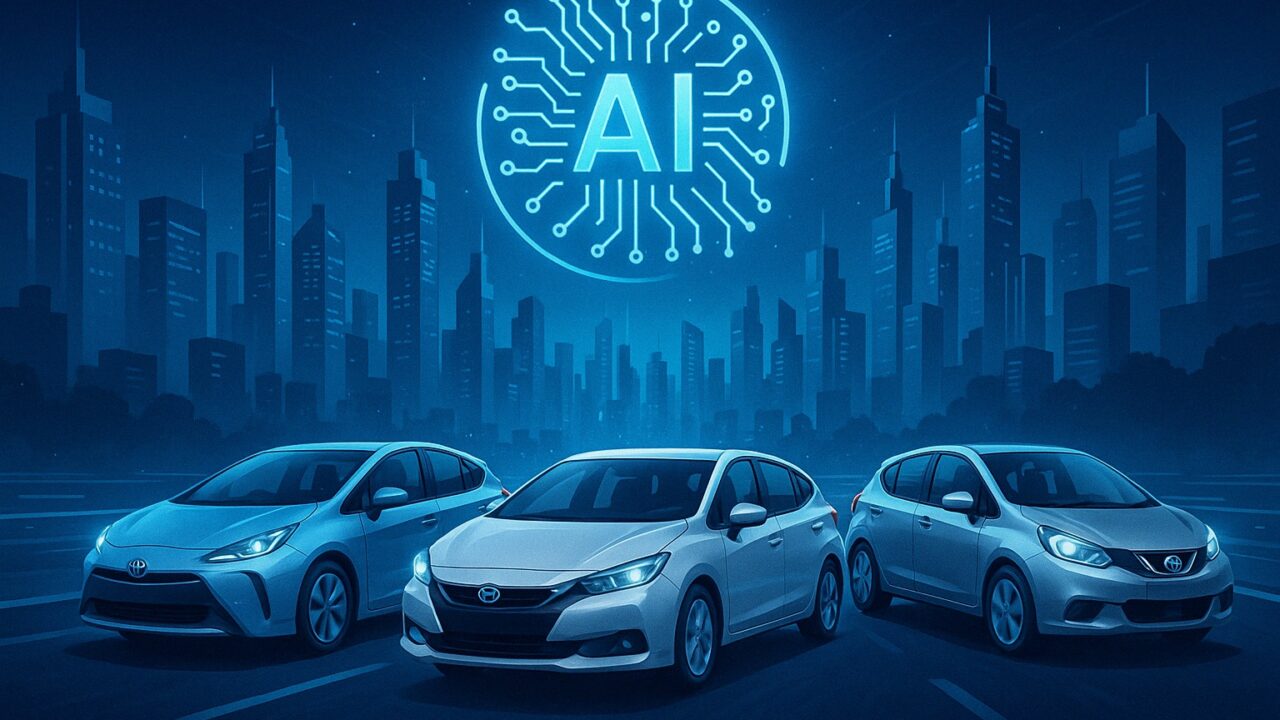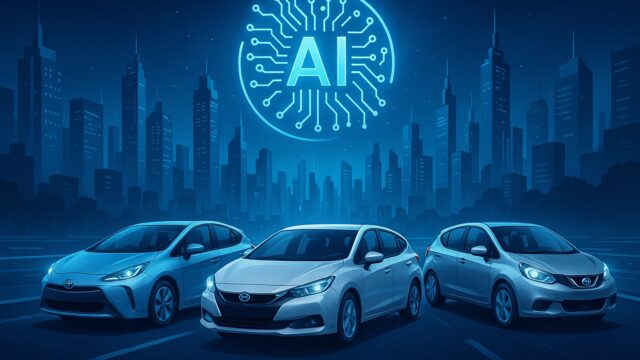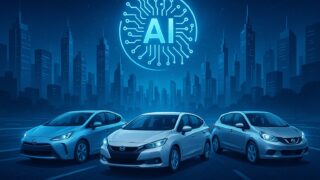📸 Just Point Your Camera! Roadmap for Developing an AI App That Instantly Detects Car Model and Price【Dev Log #1】
Hello, I’m Wan.
Today, I’d like to introduce a new solo project I’ve started: an app called Kuruma Checker, which tells you the car model and its price just by pointing your camera at it.
To begin with, I created a test classification model that recognizes three car models (Prius, Fit, Note).
In this post, I’ll share the background, purpose, and current progress of the project as Dev Log #1.
🔍 What You’ll Learn from This Article
- Background and purpose of the project
- This trial: Classifying 3 car models
- Technologies and system structure used
- Progress so far
- Future roadmap
- Technical details (to be shared in separate posts)
- Summary
🎯 Project Background and Purpose
The goal of this project is to develop an AI system that can automatically recognize cars seen on the street from images or video and classify them by model, such as:
“This is a Prius.”
“This is a Fit.”
💡 Potential Applications
- Support for automatic used car appraisals
- Analyzing dashcam footage to identify car models
- Integration into car enthusiast web services
🚘 This Trial: Classification of 3 Car Models
As a trial run, I created a model to classify the following three car models:
| Manufacturer | Model |
|---|---|
| Toyota | Prius |
| Honda | Fit |
| Nissan | Note |
The purpose was to understand the end-to-end process of building a model, and I was able to achieve a promising validation accuracy of 97%.
🧰 Technologies and System Overview
Here’s a summary of the technologies used for this version:
- ResNet18 model using PyTorch
- Fine-tuned from pretrained ImageNet weights
- Image collection and manual filtering via web scraping
- Resized to 224×224, with data augmentation applied
📈 Progress So Far
① Image Collection and Cleaning
I collected images of each car model from Google Image Search and used car listing websites.
Many images included noise—people, buildings, or unrelated objects—so I filtered them using YOLOv8 to retain only clear car images.
YOLOv8 Filtering Workflow:
- Detect objects in the image
- Exclude images where large non-car objects (e.g., people, signs) are present
- Select only images with a car centered in the frame
Most of the final images came from used car websites.
② Data Preparation
- Images were split into
train / val / testfolders - Organized into the ImageFolder format for PyTorch
③ Model Training
- 3-class classification using ResNet18
- Achieved a validation accuracy of approximately 97%
🔭 Future Roadmap
This model is just a first step.
Here’s what I plan to explore next:
🛠 Planned Features
- Add more car types: SUVs, kei cars, sports cars, etc.
- Integrate with YOLOv8 for full detection + classification automation
- Convert to ONNX/TensorRT for lightweight, fast inference
- Apply to web/mobile apps
⚙️ Technical Deep Dives Coming Soon
This article focuses on project overview and progress.
In upcoming posts, I’ll share detailed guides on:
- How I used YOLOv8 for filtering
- How I fine-tuned ResNet models
- Dataset prep and training tips
📝 Summary
- The Car Recognition AI Project has begun!
- A 3-class classification model has been built (97% validation accuracy)
- Plans to expand to more car types, integrate with YOLO, and move toward app development
- Technical articles will follow in future blog posts
I’ll continue sharing the behind-the-scenes process, challenges, and progress in this blog.
If you’re interested, be sure to bookmark or follow me on social media for updates!


